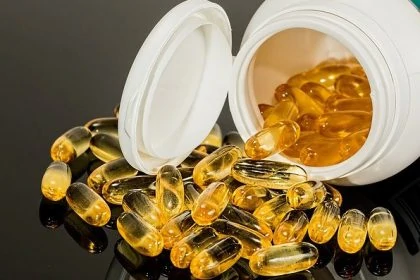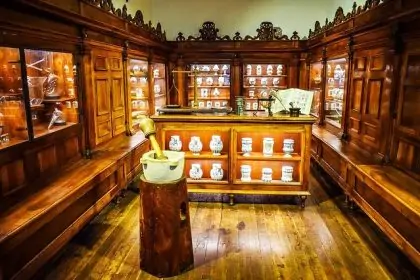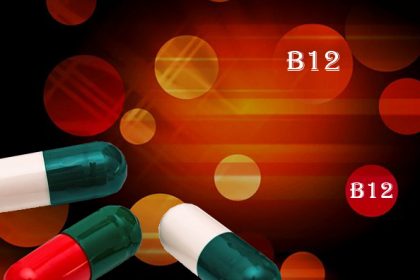European patent 2 305 255 was provisionally declared invalid to the extent of patent claim 12 with effect for Germany. It concerns a cancer drug with a patent claim to the active substance sorafenib tosylate, i.e. to the salt of the active substance sorfenib for oral administration.
 The cancer drug whose patent was challenged before the Federal Patent Court (BPatG) is marketed under the name Nexavar®. It is approved for the treatment of advanced renal cell carcinoma and inoperable hepatocellular carcinoma. This medicament is protected by European patent 2 305 255, on the one hand by use claim 1, to which patent claims 2 to 11 are directly or indirectly related, and on the other hand by substance claim 12, which contains a patent claim to the active substance sorafenib tosylate (as a single agent).
The cancer drug whose patent was challenged before the Federal Patent Court (BPatG) is marketed under the name Nexavar®. It is approved for the treatment of advanced renal cell carcinoma and inoperable hepatocellular carcinoma. This medicament is protected by European patent 2 305 255, on the one hand by use claim 1, to which patent claims 2 to 11 are directly or indirectly related, and on the other hand by substance claim 12, which contains a patent claim to the active substance sorafenib tosylate (as a single agent).
Invalidity action against substance claim
The invalidity action was directed against this substance claim 12 and was decided by the BPatG in September 2021 (3 Ni 12/20 (EP) plus 3 Ni 13/21 (EP)). The applicant claimed that the provision of the tosylate salt of the active substance sorafenib could not be regarded as an independent invention. The solubility of the active substance or its salt was not addressed and, moreover, the bioavailability of the active substance sorafenib could not be considered problematic.
As a counter-argument, the plaintiff mainly referred to NiK2 (J.F. LYONS et al., Endocrine-Related Cancer 2001, 8, 219-225). This was because it had already been established that sorafenib free base as such was an orally available effective Raf kinase inhibitor with significant activity against various human tumour types.
Central to the present case was therefore the BPatG’s assessment of whether the provision of the active substance as the salt sorafenib tosylate was an “inventive step”.
Salt Sorafenib tosylate = “inventive step”?
To give the answer first: the answer is “no”, the BPatG did not see any inventive step in the provision of the active substance as a salt in the present case. However, the court’s comments are interesting with regard to the patentability of pharmacological salts.
The Federal Patent Court explained that sorafenib showed poor solubility according to counterpart NiK2. And in principle, the search for an improved therapy and also for an improved oral form of a medicine can justify a patent claim. But NiK2 also proves a good gastrointestinal permeability of the active substance sorafenib, so that a good efficacy is given with oral administration of the active substance despite poor solubility.
But even if the active ingredient did not have good efficacy, salt formation would have been a common and, according to NiK11 (R. J. Bastin, Organic Process Research & Development 2000, 4, 427-435), even the preferred way to improve the solubility of a poorly soluble active ingredient, the German Federal patent court explained. The skilled person would also not disregard the tosylate salt because no active ingredient formulated as a tosylate salt and to be administered orally had been approved up to the priority date.
The physico-chemical analysis of an active substance was part of the pharmacologist’s daily routine in the preformulation phase. And there was no prejudice or reservation against the use of tosylate salts in professional circles, the court added.
Evidence signs: Effort of Salt Screening
The BPatG also commented on the costs of salt screening. According to the BPatG, the time and financial effort of a salt screening played a subordinate role in the assessment of inventive step. In this context, the court also referred to the BGH decision Dreinahtschlauchfolienbeutel (BGH GRUR 2010), according to which evidence such as the time and financial expenditure in an individual case can at most give rise to an examination as to whether they provide sufficient indications (against the background of general technical knowledge) that the subject-matter of the dispute is obvious and do not only contain a suggestion leading to the invention from an ex-post point of view.
BPatG: No inventive step – appeal possible
In view of the foregoing, the court held that the person skilled in the art arrived at sorafenib tosylate as a suitable oral form of administration of the active ingredient sorafenib in an obvious manner based on NiK2 and in combination with his expertise (documented, inter alia, by NiK5 or NIB5, NiK11 and NIB15).
Therefore, the provision of the active ingredient as a salt and thus patent claim 12 from the present case is not to be regarded as an inventive step. European patent 2 305 255 was therefore declared invalid for the time being to the extent of patent claim 12 with effect for Germany.
Anyway, the judgement is not yet final, as the parties to the appeal proceedings have the right to appeal against this decision.
Do you also want to protect or defend a product?
Sources:
BPatG: 3 Ni 12/20 (EP) hinzuverbunden 3 Ni 13/21 (EP)
Image:
stevepb | pixabay | CCO License








Leave a Reply